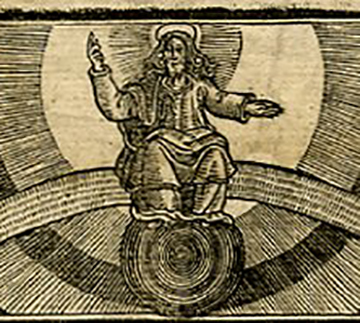John Day's Old English Letterforms
The Old-English font used to reproduce Ælfric’s Anglo-Saxon sermon found in the 1610 edition of John Foxe’s Actes and Monuments was owned by the Protestant printer and bookseller John Day (born 1521 or 1522 possibly in Dunwich, Suffolk; died 1584) (Pettegree para. 1). Day began his publishing career in partnership with Willian Seres at the Stingers’ Company in London in 1546 and was the publisher responsible for printing Foxe’s Actes and Monuments and other Protestant leaning texts that championed the evangelical cause (paras. 1-2).When Edward VI came to the English throne, he and his advisors relaxed the legislation against heretical books and allowed evangelical beliefs to thrive (Pettegree para. 2). In 1550, Day ended his partnership with Seres and began working for the Stationers’ Company in London and continued to publish under his own name (para. 3). When Mary Tudor, a catholic monarch, came to the throne, Day’s printing career slowed down (para. 4). Day’s association with the evangelical and Edwardian regimes made it impossible for him to publicly publish Protestant material. When Queen Elizabeth, a Protestant monarch, came to the throne, Day again enjoyed success in his printing career and was free to continue publishing Protestant literature (para. 5).
John Day’s renewed financial success allowed him to publish John Foxe’s Actes and Monuments: a huge project championing the Protestant cause in England (Pettegree para. 6). In 1559, Day was publishing works on Marian martyrs and Foxe began a partnership with him on this venture resulting in the first edition of Actes and Monuments in March 1563 (para. 6). This printed book was an enormous and challenging undertaking, partly because of the various typefaces employed in its production (para. 7). John Foxe’s Actes and Monuments was a huge financial success for Day and he began to work on smaller projects including the printing of Parker Ælfric’s 1566 Testimonie of Antiquitie (para. 10). It was this project that required Day to design and cast Anglo-Saxon characters for printing; presumably the same characters used in the printing of the 1610 edition of Foxe’s Actes and Monuments.

